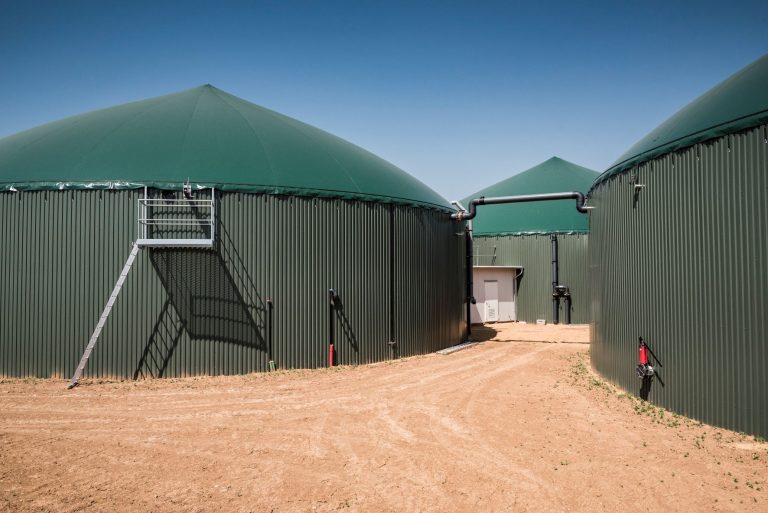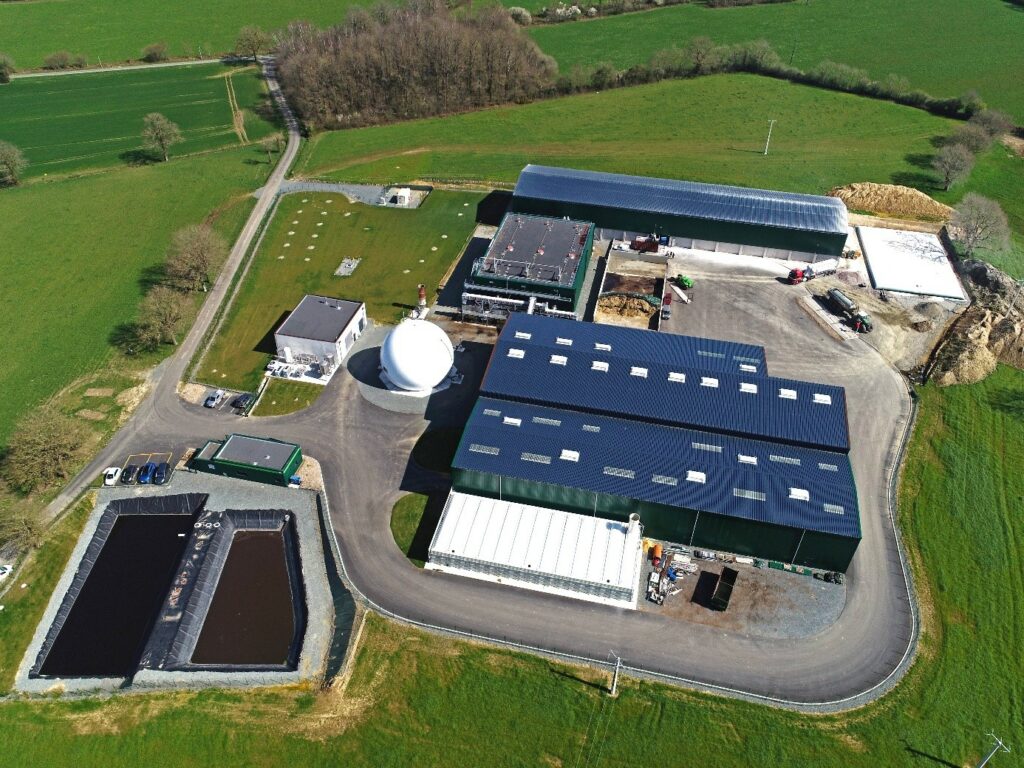
In order to optimise the conditions for injecting biomethane into the networks, RICE has contributed to the development of a technical and economic optimisation tool: Biozone. Find out how the use of this tool contributes to the development of the sector.
Biomethane, a player in the energy transition|Biozone, a decision-making tool for biomethane|Future biomethane development scenarios studied with BiozoneGRTgaz's ambition is to be a leading player in the ecological transition to make a secure, affordable and climate-neutral energy future possible. It is thus participating in the development of the biomethane sector in order to move away from the intensive use of fossil gas as quickly as possible. The legislator is supporting this approach: the Law on the energy transition for green growth has set the objective of increasing the share of renewable gas to 10% of gas consumption in France in 2030 - compared to 1% currently. Biomethane is a 100% renewable gas produced locally by a methanization process from organic waste: agricultural, household and industrial waste, but also household waste, from the food industry, from collective catering, or even from sludge from wastewater treatment plants. This will help advance the cause of a new industry serving the "greening" of gas and the circular economy. The sharp increase in the volumes of biomethane injected into the transmission and distribution networks requires adaptations to these networks, which were historically designed to transport the gas in a unidirectional and centralized manner, from upstream to downstream. For example, when the volume of biomethane injected into a distribution network is too large to be consumed locally, a backflow facility must be installed to bring the gas up to the transmission network.
In order to prepare for the gradual increase in decentralised biomethane production in the years to come, GRTgaz needs to develop a long-term vision of the necessary investments.|To address this issue, GRTgaz has developed the Biozone tool. It is a decision support tool based on Operational Research techniques such as linear programming. Following the realization in 2019 of a first "prototype" version by GRTgaz's Gas System Department, with the help of SIA Partners' EnergyLab, the further development and industrialization of the tool have been taken over by RICE, GRTgaz's R&D center, with its skills in applied mathematics and tool development.
Biozone's objective is to determine the best possible connection for each biomethane production unit to the transmission or distribution network. The tool can also choose to install backflaw facility on the distribution network and compressors on the transport network when locally, the volumes of the units connected to it require it.
Results are obtained in minutes to meet the operational requirements of users.
Several major challenges had to be overcome during the development of the tool such as :
For example, when the volume of biomethane injected into a distribution network is too large to be consumed locally, a backflow facility must be installed to bring the gas up to the transmission network.
In order to prepare for the gradual increase in decentralised biomethane production in the years to come, GRTgaz needs to develop a long-term vision of the necessary investments.|To address this issue, GRTgaz has developed the Biozone tool. It is a decision support tool based on Operational Research techniques such as linear programming. Following the realization in 2019 of a first "prototype" version by GRTgaz's Gas System Department, with the help of SIA Partners' EnergyLab, the further development and industrialization of the tool have been taken over by RICE, GRTgaz's R&D center, with its skills in applied mathematics and tool development.
Biozone's objective is to determine the best possible connection for each biomethane production unit to the transmission or distribution network. The tool can also choose to install backflaw facility on the distribution network and compressors on the transport network when locally, the volumes of the units connected to it require it.
Results are obtained in minutes to meet the operational requirements of users.
Several major challenges had to be overcome during the development of the tool such as :